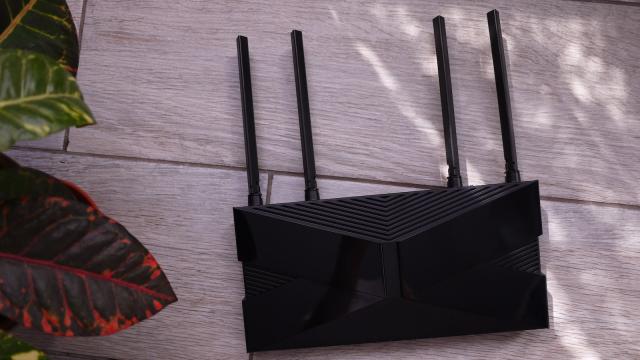A lack of a strong Wi-Fi connection can cause a bit of a headache in some households. When everybody is trying to stream their favourite TV show, download a new game or work from home, it can really put a chokehold on your internet connection. And depending on the strength of your Wi-Fi router’s signal, you’ll also have to contend with an internet dead zone, which can be especially tricky if your room just happens to be one.
If you find yourself clamouring around your home’s wireless router to get the best connection, then it might be time you made the jump to a mesh Wi-Fi network to combat this distribution problem.
Here’s everything you need to know about mesh Wi-Fi networks, along with a few routers that’ll help you maintain consistent coverage throughout your home, no matter where they are.
Table of contents
What mesh Wi-Fi routers do we recommend?
ASUS RT-AX53U Dual-Band Wi-Fi 6 Router

If you live in a medium-sized home or apartment, the dual-band ASUS RT-AX53U wireless mesh router is a solid option – especially if you’re looking to add your first mesh router to your home. In terms of performance, this router can offer speeds up to 1,201Mbps on the 5GHz band and 574Mbps on the 2.4GHz band, making it a great option if your home has the need for speed.
The router includes one Gigabit WAN port and three Gigabit LAN ports. If security is of the utmost importance, the RT-AX53U comes with a built-in VPN as well.
Where to buy the ASUS RT-AX53U:
TP-Link Deco M5 Mesh Wi-Fi Router
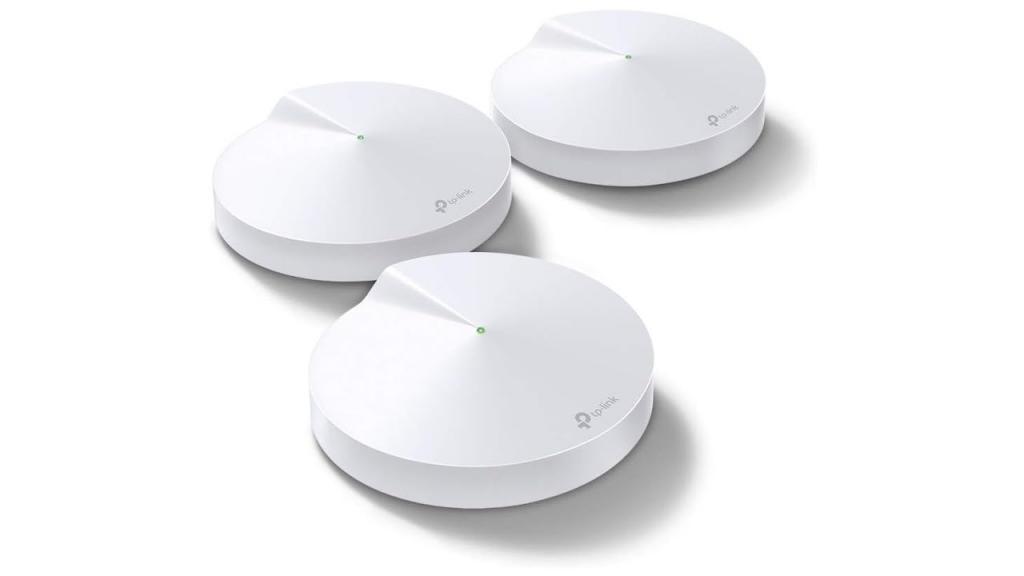
While it might look like a smoke detector, the TP-Link Deco M5 Plus router will help eliminate dead zones with its 802.11ac wireless technology.
Three of these routers have a range of up to 500m^2, use a dual-band Wi-Fi signal, and maintain speeds up to 867Mbps on a 5GHz signal and 400Mbps on a 2.4GHz one. The Deco M5 can connect to over 100 devices and can act as a smart home hub via its companion app.
Where to buy the TP-Link Deco M5 (Three pack):
Tenda Nova MW6 Whole Home Mesh Wi-Fi Router
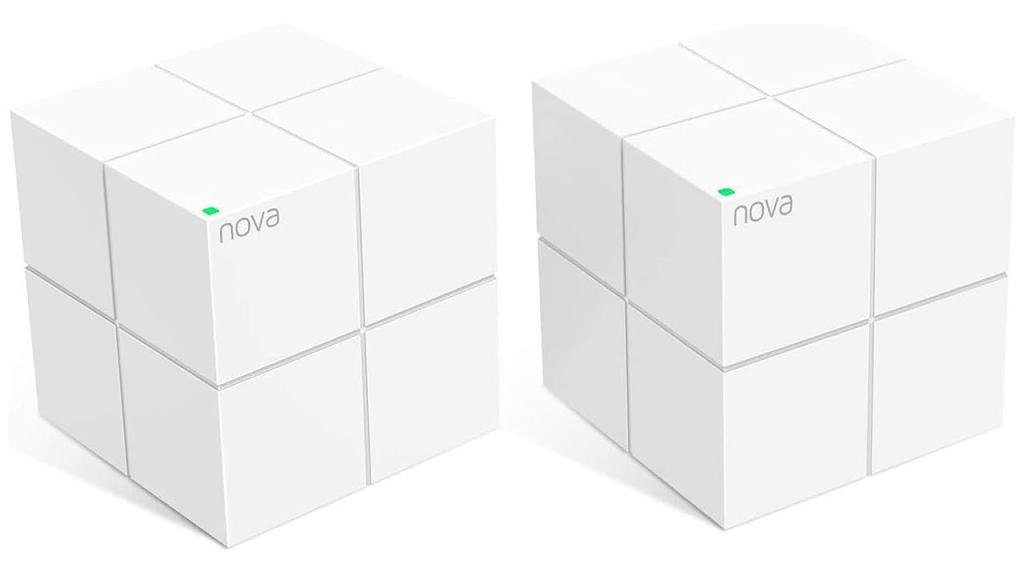
When compared with some of the other routers on this list, the dual-band Tenda Nova MW6 has a more affordable price tag, making it a decent pick if you’re looking for a budget solution to your Wi-Fi woes.
A two-pack of these Rubik’s Cube-looking routers will be able to cover up to four rooms (or 4,000 square feet), meaning you’ll stay connected while roaming around your humble abode. This router can maintain speeds up to 867Mbps on a 5GHz signal and 300Mbps on a 2.4GHz one, while also being able to connect with up to 90 devices.
Where to buy the Tenda Nova MW6 (Two pack):
Amazon Eero 6+ Dual-Band Mesh Wi-Fi 6 Router
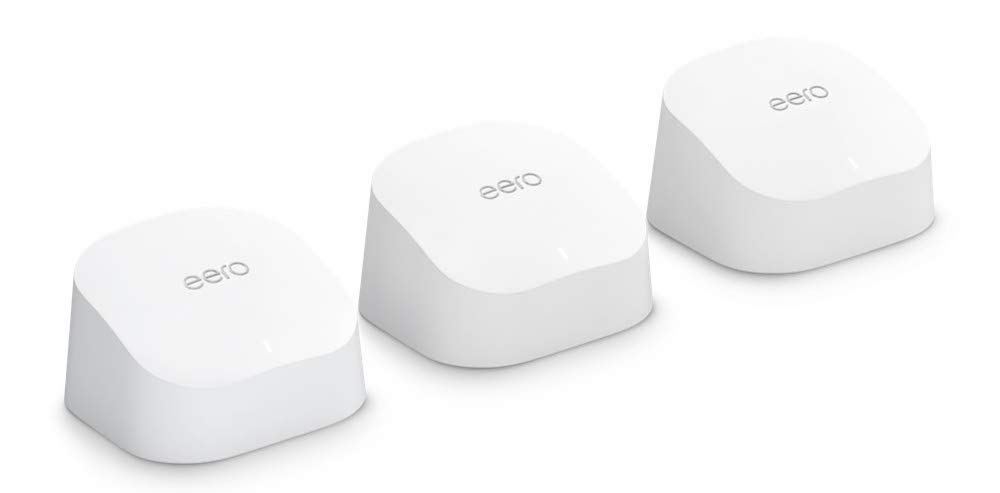
If your household is heavy on Alexa-assisted tech, Amazon’s Wi-Fi 6 router, the Eero 6+, will fit right in. This mesh router has a coverage range of 140m^2 while supporting gigabit speeds, and uses a dual-band concurrent 2:2 Wi-Fi connection (802.11ax). The Eero 6+ can also be used as a smart home hub, allowing you hands-free control of compatible devices when connected to Alexa. It can also support 75 simultaneous device connections.
Gizmodo Australia’s Managing Editor Asha Barbaschow recently reviewed her experience with the Eero 6+, and was impressed by how easy it was to set up and the consistent strength of the Wi-Fi signal.
Where to buy the Amazon Eero 6+:
Google Nest Wi-Fi Mesh Router
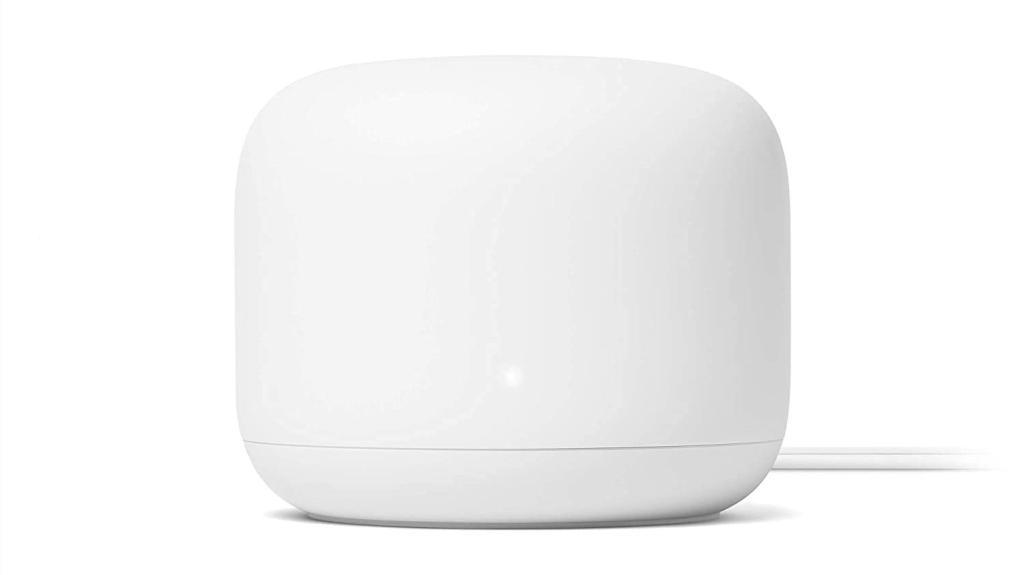
If you’re a fan of any and all Google smart devices, you might want to consider adding this Google Nest Wi-Fi router to your family. One mesh router can transmit signals up to 2,200 square feet. So it doesn’t matter if your housemate is in one room taking a Zoom call, you can still watch your favourite YouTube videos interruption-free.
One router is strong enough to handle up to 200 devices and is capable of streaming multiple 4k videos at a time.
Where to buy the Google Nest:
NetGear Orbi (RBK352) Wi-Fi 6 Dual-Band Mesh System
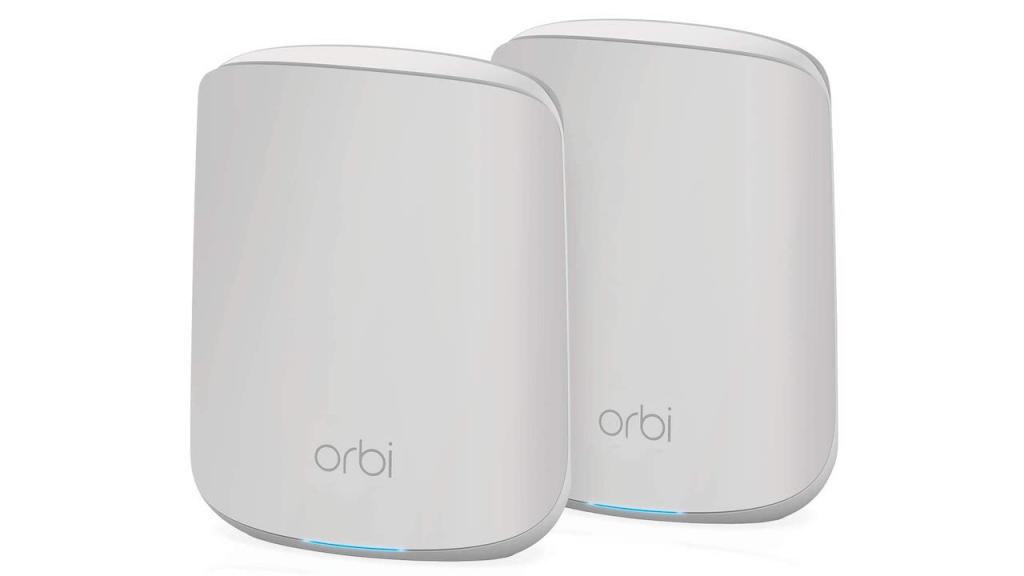
With speeds of up to 1.8 Gbps and a range of roughly 230m2, Netgear’s Orbi (RBK352) mesh router will keep everyone connected and happy.
This mesh router can provide four Wi-Fi 6 streams, so you won’t have to worry about dropped connections and congestion when everyone in your house is trying to use the internet simultaneously.
This Orbi set contains both a router and a satellite, so you can conveniently set up your mesh network right away.
Where to buy the NetGear Orbi RBK352 (Two pack):
TP-Link AX1800 Deco X20 Mesh Wi-Fi 6 Router
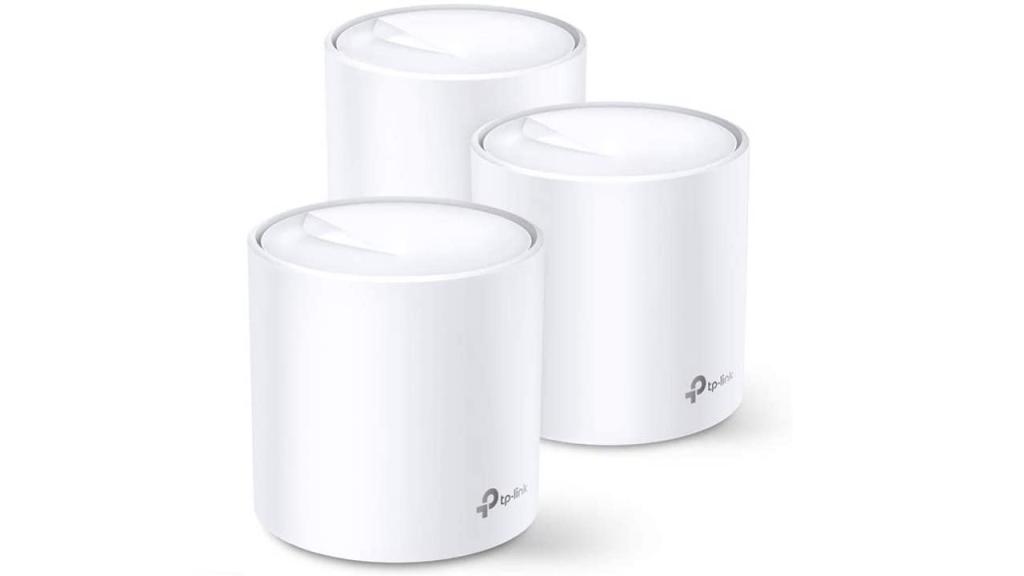
When comparing various Wi-Fi 6 mesh routers, the TP-Link Deco X20 was the overall winner, winning the categories for best design, best extras, and best performance.
When connected via Wi-Fi 6, this router can maintain speeds up to 1,800Mbps to a range of up to 200m^2. This route can maintain connections to over 150 devices without a loss of performance quality, which means everyone in your household can stream, game and work uninterrupted.
Where to buy the TP-Link AX1800 Deco X20:
What is a mesh Wi-Fi network?
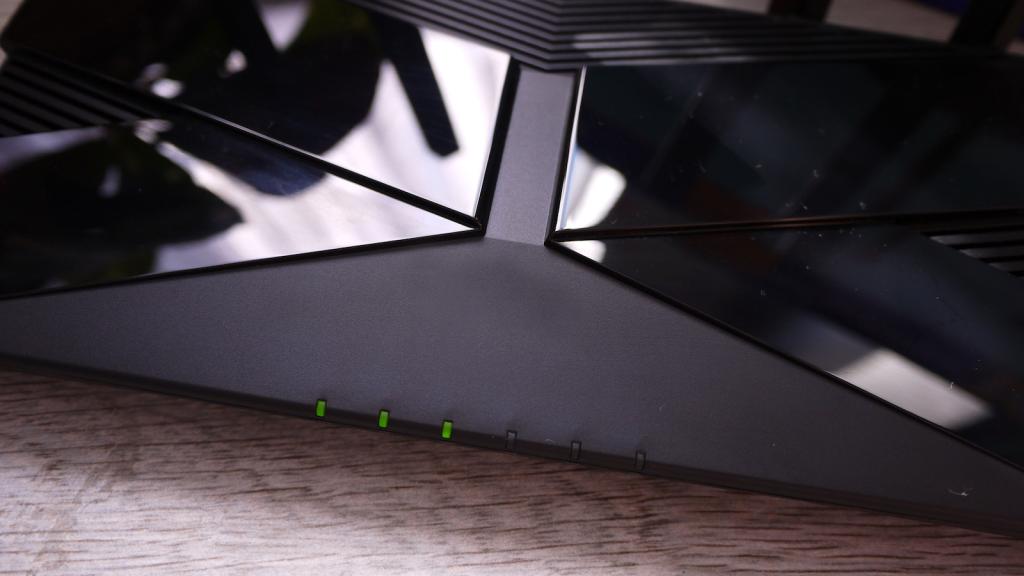
Mesh routers are designed to provide your home with a strong, consistent Wi-Fi network. Traditional Wi-Fi routers act as a single access point, so the quality of that connection will lessen the further you are from the router. Even if you use a Wi-Fi extender to boost it, this will increase the range of your signal but won’t lessen the degradation of your connection over distance. You’ll also need to connect to these different extenders individually. Depending on the size of your home, Wi-Fi dead zones are somewhat unavoidable when using a basic router, as the signal won’t naturally be able to reach every corner.
With a mesh system, you combine the main router with a series of satellites, with each of these nodes acting as an access point for your Wi-Fi signal. It helps you maintain a more consistent connection throughout your home, as each router can provide a Wi-Fi network that’s running at full capacity. These mesh routers act as a single Wi-Fi network, so once you’ve connected to one of them then you’re connected to all of them.
What do you need to know before buying a new router?
Depending on the size of your home, a single router should be more than enough for a small house or studio apartment – although thick walls are a common cause for weak Wi-Fi signals. If you’re living somewhere with a larger, multi-storey floor plan, having a mesh router network will help evenly spread your Wi-Fi connection to every corner of every room.
However, if your current router is a bit on the older side, you should look into upgrading to one with Wi-Fi 6 support. A Wi-Fi 6 router will give you faster throughput speeds, less network congestion, and a better performance range.
With the high-speed internet plans that are currently available, you also need a router that can actually keep up with your connection speed. If you’re paying for an NBN 1000 plan, it’s a bit of a waste to have an older Wi-Fi router that can’t provide those speeds.
